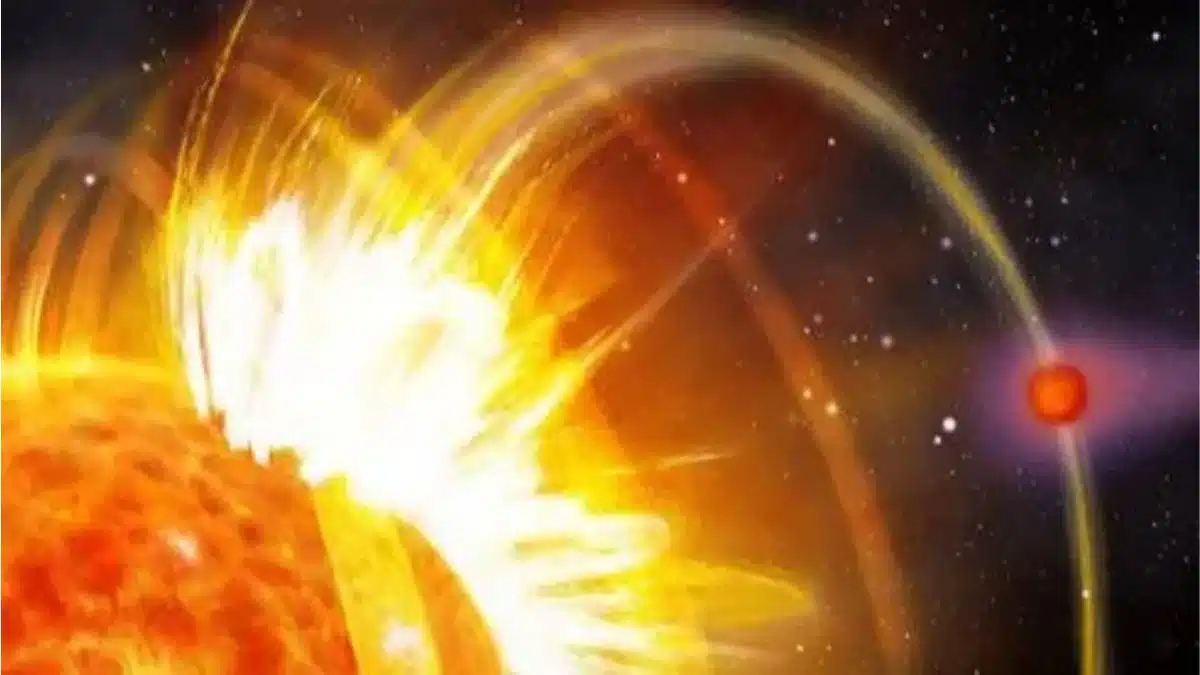Radio Observations in Chamaeleon Cloud Uncover Five Young Stars

Through the Australia Telescope Compact Array (ATCA), scientists have made significant strides in understanding the Chamaeleon cloud complex, a star-forming region located 620 light-years away in the southern sky. Published on June 19, 2025, in the arXiv pre-print server, this large-scale radio observation led to the discovery of five young stars, shedding light on the stellar birth processes in this intriguing area. The Chamaeleon cloud complex comprises three major dark clouds—Cha I, Cha II, and Cha III—each known for its young stellar population and crucial to the study of early stellar evolution.
Stellar Activity in Chamaeleon Cloud Complex
The ATCA study revealed that Cha I is home to approximately 250 pre-main sequence (PMS) stars, while Cha II contains fewer than 100. Both Cha I and Cha II are estimated to be around 2 million years old, indicating a relatively mature stellar environment. In contrast, Cha III is believed to be at an earlier stage of development, with star formation yet to commence. The research campaign, led by Ernesto Garcia Valencia, aimed to identify new young stars in this region using high-resolution radio data from the ATCA, enhancing our understanding of stellar formation in the Chamaeleon cloud complex.
Types of Detected Stars and Their Emission Properties
Among the five stars detected in this study, three were classified as low-mass T Tauri stars, which are relatively evolved young stellar objects. Another star was identified as a protostellar object, while the fifth was categorized as a Herbig Ae/Be star. The research team observed that most of the detected stars exhibited non-thermal radio emissions, with the exception of the protostar, which emitted thermal radiation. Further analysis using the Australian Long Baseline Array (LBA) suggested that one of the sources, designated J11061540−7721567, may be a tight binary star system. This binary system is estimated to have a mass of about one solar mass, with a semi-major axis of 12 AU and an orbital period of approximately 40 years.
Tentative Detections and Overall Detection Rate
In addition to the five confirmed young stars, the research team tentatively identified five additional young stars that require further confirmation. Overall, the detection rate in the surveyed region was found to be between 2.5% and 5%, which is slightly lower than the detection rates observed in other known star-forming areas. This finding highlights the complexities of star formation in the Chamaeleon cloud complex and underscores the need for continued research to fully understand the stellar processes at play in this fascinating region of space.
Observer Voice is the one stop site for National, International news, Sports, Editor’s Choice, Art/culture contents, Quotes and much more. We also cover historical contents. Historical contents includes World History, Indian History, and what happened today. The website also covers Entertainment across the India and World.

